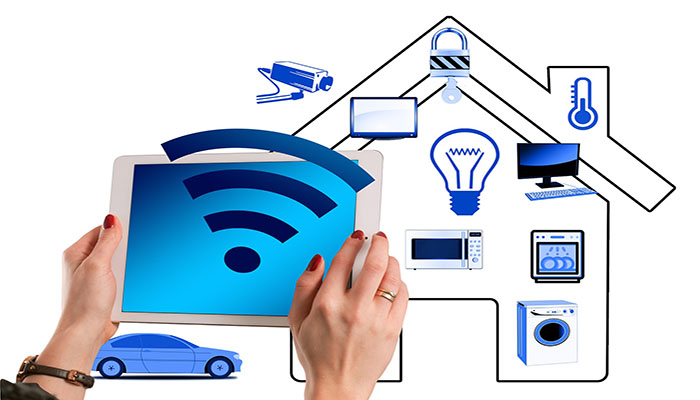The secret to a fast, reliable and future-proof home Wi-Fi network really comes down to planning.
From the intricacy of our basic Internet needs to the number of devices connected, no one can deny the complexity of our home networks has increased exponentially over the last few years.
Our phones now automatically connect to our home Wi-Fi network when we walk through the front door; our children have their own laptops or tablets for schoolwork and entertainment; we have wireless printers, entertainment centres and televisions that require connectivity. The trend for more people working from home, accelerated by the COVID-19 pandemic, has also had a significant impact on our personal Internet use.
Looking ahead
As home automation becomes a reality, this trend will continue at an enhanced rate. We’ll start connecting everything from home security systems, such as access controls, cameras and lights, to fridges and coffee machines to our Wi-Fi.
It’s not unrealistic to imagine that in the very near future we could have more than 50 devices, on average, connected to our home network at any one time.
Related: Hating your Wi-Fi network at home? Let’s fix it
As the perimeter of our home network increases, so does our potential exposure to security threats. Opportunistic neighbours might try to access your network and chew up precious bandwidth, which seems to be more valuable than petrol these days.
Taking control
The proper configuration and management of our home networks has become increasingly important to ensure the system continues to perform as we expect. The number of connections to specific wireless access points (APs), possible signal interference and an inefficient network configuration are only a few factors that could potentially degrade your home network performance.
Home Wi-Fi network planning enables you to choose the best type or model of Wi-Fi APs you may need now and in the future. The number of devices connected to a single AP at any one time will impact the network performance you may experience.














